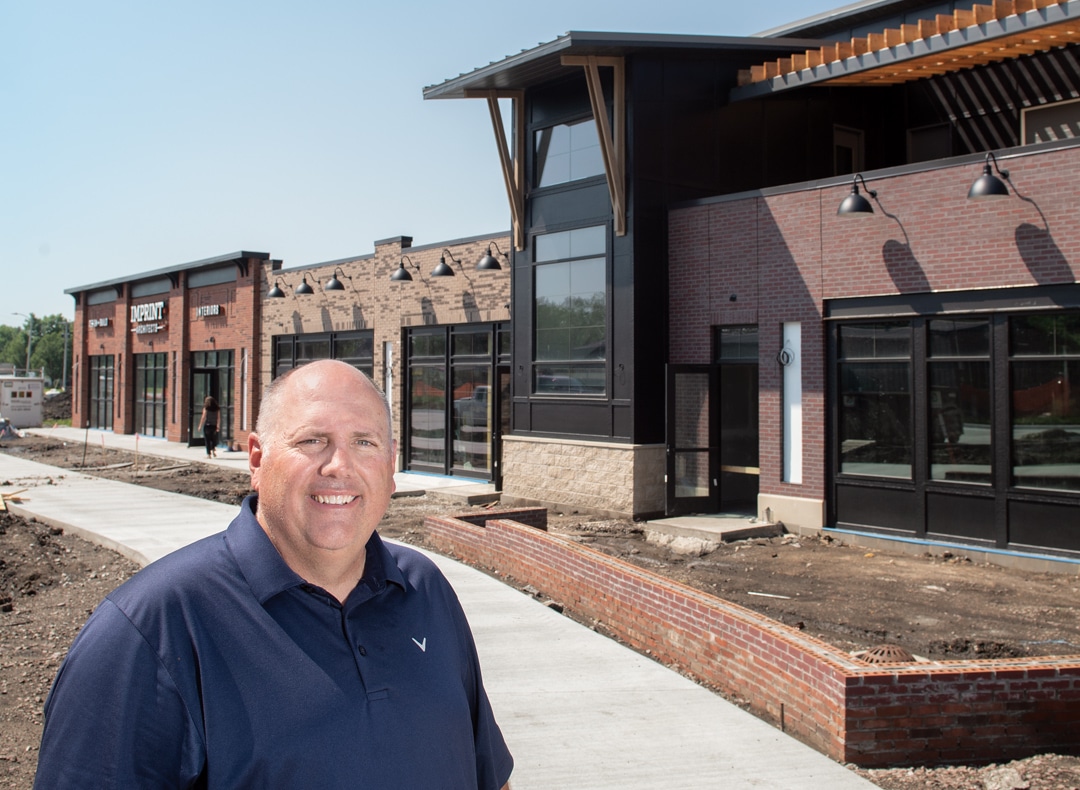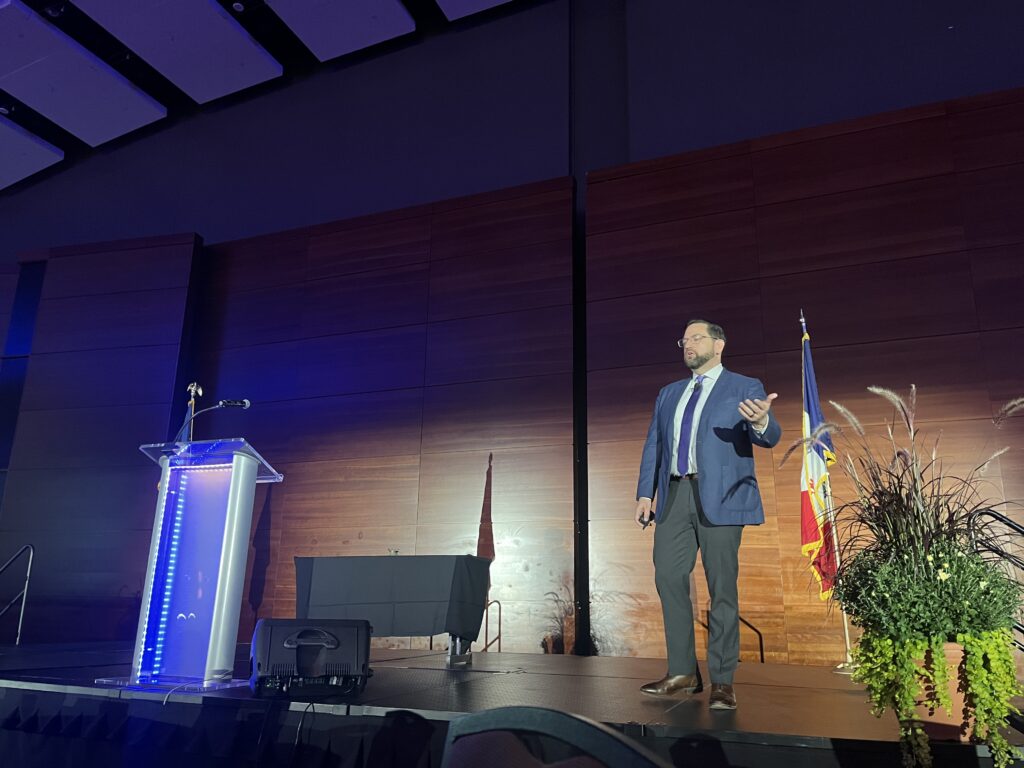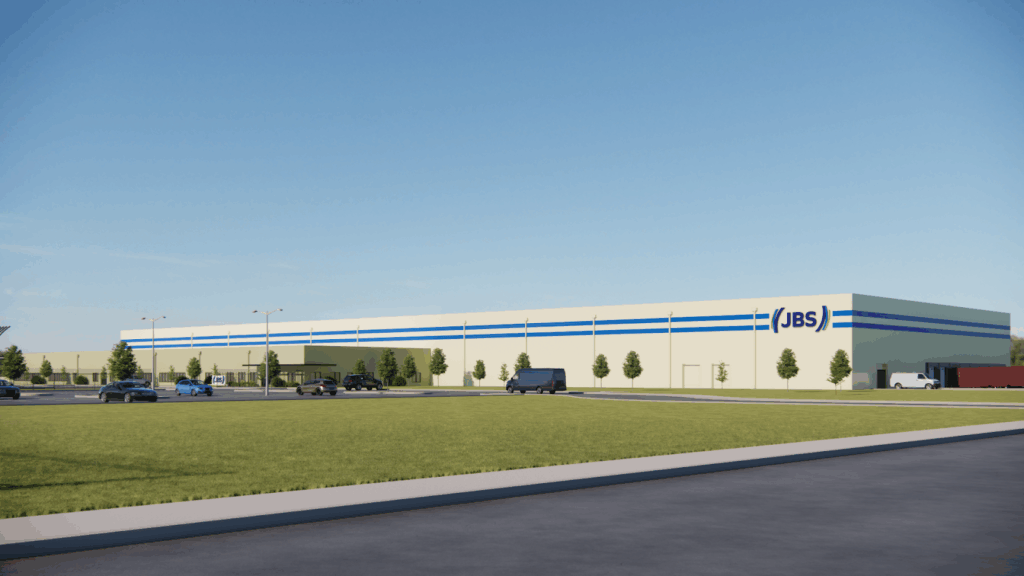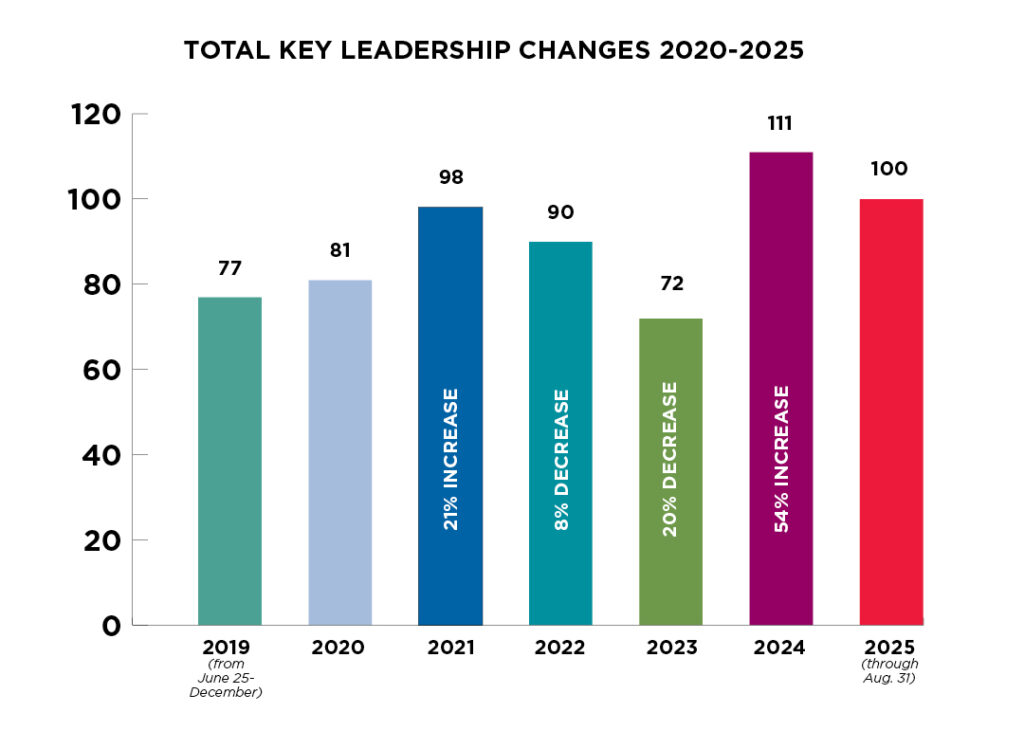How Ankeny’s Uptown has been revived

Kathy A. Bolten Jun 23, 2023 | 6:00 am
6 min read time
1,480 wordsBusiness Record Insider, Real Estate and DevelopmentIn 2010, Ankeny’s Uptown was a tired commercial district with scant hustle or bustle.
As the decade progressed, a transformation began to occur.
The city of Ankeny sold an aged fire station along Southwest Third Street to a group that turned the facility into a brewery. Across the street, decades-old city-owned buildings were razed and a three-story residential structure was erected.
Construction began on the Ankeny Market & Pavilion in 2015. The 3-acre park is a trailhead for the heavily used High Trestle Trail that dissects Uptown. It also is home to the Ankeny Farmers Market and other community events.
Those activities have sparked other new development as well as reinvestment in the area’s existing structures.
“It’s been a perfect storm of activity,” said Joel Cox, owner of Porch Light Coffeehouse, which opened at 417 S.W. Third St. in early 2017. “The trail improvements, the growth in the farmers market, the new businesses – all of those things have really raised awareness of Uptown.”
The increased awareness has prompted additional investment in the area where Ankeny was founded.
In 2010, the value of the nearly 150 properties in Uptown totaled $14.9 million, according to Polk County assessor data. Thirteen years later, the value of the properties has more than doubled to $34.7 million. (Uptown roughly includes the 300 to 900 blocks of Southwest Third Street and two to four blocks to the north and south.)
New development and reinvestment in existing buildings is not expected to slow.
“There are some properties that are underutilized south of the existing business district that I expect to be part of the next wave of new investment that occurs in that area,” said Derek Lord, Ankeny’s economic development director.
Uptown’s beginnings
In 1874, John and Sarah Ankeny acquired 80 acres around the area now known as Uptown. The couple laid out a plan for the community, filing a record of the layout the following year, according to the Ankeny Area Historical Society. Passenger rail service between Des Moines and Ankeny was established in 1880; in 1903, the town was incorporated. In 1912, a train depot was built on the site now occupied by the Ankeny Market & Pavilion, known locally as the AMP.
By the 1930s, Ankeny’s business district – named Uptown because it was north of Des Moines’ downtown – was thriving. The area included a meat market and grocery store, a beauty shop, an auto dealership, a doctor’s office, a pharmacy, a veterinarian’s office and a cafe.
Between 1932 and 1940, four different fires destroyed many of the buildings that housed Uptown businesses, according to the historical society. (The fires are why Ankeny’s original business district has few century-old buildings, local officials said.)
Over the years, new retail and other businesses began locating along East First Street, where an interchange with Interstate Highway 80 opened in 1965. Retail and commercial development also occurred along Ankeny Boulevard (U.S. Highway 69). In the early 2000s, Super Target and Kohl’s opened stores along Delaware between First Street and Oralabor Road. Other big-box stores, restaurants and strip centers followed. By 2013, the retail development had jumped south over Oralabor Road with the addition of a Mills Fleet Farm, Sam’s Club and more retail strip centers.
More recently, a flurry of commercial development has occurred in Prairie Trail, a 1,031-acre planned community on the former site of Iowa State University’s Dairy Research Farm. The District, Prairie Trail’s commercial area, includes eating and drinking establishments, a theater, a bowling alley, an eclectic selection of retail shops, and hotels.
While sparkling new commercial development sprouted up around Ankeny, Uptown remained tired-looking with scant new development. Leaning Tower of Pizza and Yankee Clipper, both longtime Uptown business establishments, continued to draw customers, but little else occurred in the district.
“It was lackluster,” said Alexa Middleton, a lifelong resident and events director for the Uptown Ankeny Association, which sponsors about 40 events at the AMP. “There were two restaurants and service-oriented businesses but little other retail. … To have a vibrant, exciting neighborhood, you need more retail, more restaurants. We started to see a change when Firetrucker [Brewery] and Porch Light Coffee House opened and improvements by the city were made.
“The energy started coming back.”
Lord said Ankeny’s elected officials understood the importance of preserving the area in which the city was founded. But preserving the area meant making investments in it.
The city sold its former fire station, acquired the Union Pacific railroad property so that the bike trail could be extended, and conducted parking and streetscape studies.
The city also sold its former police station at 211 S.W. Walnut St. to a private entity that made more than $1 million in improvements to the building and added about 50 employees to the area, Lord said.
“You work to preserve a downtown area because it has historical elements that represent where your community comes from,” Lord said. “It also provides a place for businesses and residents to congregate and enjoy experiences that are totally different from what occurs in new town centers. … People appreciate being pleasantly surprised by creative and fun places.”
New development in Uptown
Last year, work began on two new developments – the Re/Max Precision building at 709 S.W. Third St. (a $1.3 million project) and a 14,000-square-foot mixed-use building at 617 S.W. Third St. (an estimated $3.7 million project).
The mixed-use building, which is adjacent to the High Trestle Trail and is nearing completion, is being developed by Karl Chambers, a longtime Ankeny resident and founder and president of Imprint Architects.
“The bike path is literally our front sidewalk,” said Chambers, who is hopeful the building will be completed by late July when RAGBRAI passes through Ankeny. “It was an opportunity we couldn’t pass up.”
Imprint Architects will anchor the south end of the building. Mullets, an establishment popular with cyclists who ride on downtown Des Moines trails, will anchor the north end of the building. The restaurant and bar, which will include a rooftop patio, will be the first Mullets franchise location.
In between the two businesses will be Realty One Group Impact, an agency co-owned by Robb Spearman and Adam Grubb, and Uptown Dairy, an ice cream store operated by Aaron Scibona, who expects to open the store in early July.
The High Trestle Trail is the main reason Scibona said he decided to locate the shop in the new building.
“It’s such a big attraction, and bicycling is only becoming more popular,” Scibona said. The ice cream shop “will be a destination families can ride to get their favorite treats.”
The trail is an important economic catalyst for the city. An estimated 75,000 to 100,000 people annually pass through Ankeny on the trail, which was recently extended to the south to connect with the Gay Lea Wilson Trail. Riders are spending thousands of dollars annually at establishments and shops near the trail.
With the new Mullets location, even more riders are expected to be drawn to Uptown.
“We have a nice eclectic mix of shops up here,” said Cox, whose coffee shop is located in a building that once housed a Ford dealership. “You never know what you’re going to find around each corner.”
What’s next for Uptown
In the past eight years, nearly $15 million in private investment has been pumped into Uptown, which now includes 50-plus businesses.
Additional development is expected, which current business owners hope attracts a wider range of retail businesses.
“We need more unique retail shops that you can’t find anywhere else,” said Robert Saner, owner of Uptown Confections & Curiosities, which opened at 519 S.W. Third St. in 2020. “Shops that are locally owned.”
One concern, though, is that the new development could make it too expensive for local businesses to open shops in Uptown. Des Moines’ East Village, where a mix of renovated buildings and new construction house an eclectic array of retail shops and other businesses, has become too pricey for some small businesses, some of which have moved to other locations.
“I hope that building owners realize the value of having a good mix of businesses and that the stronger retailers can help the small businesses through the traffic they bring to the area,” Cox said. “If everything’s the same everywhere, then it’s no fun to go anywhere.”
Chambers said the bike trail will help keep Uptown vibrant and surprising.
Development opportunities exist along the trail immediately south of Uptown that will provide places for unique shops and residences, Chambers said.
“Uptown and the bike trail have evolved together,” Chambers said. “They both just fed off each other. One didn’t drive the other one, but they’re both pretty successful because of each other.”
Ankeny Uptown property values
Property values in Ankeny’s Uptown district have more than doubled since 2010, Polk County assessor’s data shows. Find out more

Kathy A. Bolten
Kathy A. Bolten is a senior staff writer at Business Record. She covers real estate and development, workforce development, education, banking and finance, and housing.

















